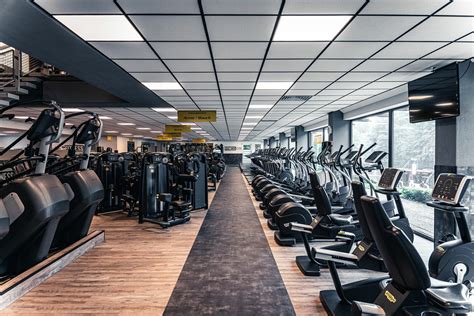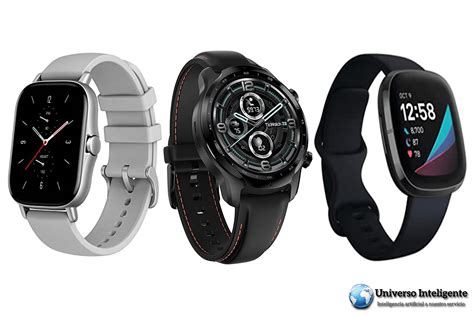The Elusive Balance: Finding the Ideal Gym Shoe for Men
For men dedicated to a comprehensive fitness regimen, the quest for the ultimate gym shoe often feels like chasing a mythical creature. The demands of a heavy deadlift session—requiring unwavering stability and a flat, grounded feel—stand in stark contrast to the plush cushioning and flexibility needed for a high-intensity cardio burst on the treadmill or elliptical. This article delves into how to find a gym shoe that expertly navigates these conflicting requirements, ensuring both performance and comfort.

Understanding the Core Conflict: Stability vs. Cushioning
The primary challenge lies in the opposing needs of different workout styles. Heavy lifting, especially squats and deadlifts, necessitates a stable, rigid sole with minimal heel-to-toe drop to maximize ground contact and prevent power leakage. Excessive cushioning can create instability, making heavy lifts feel precarious and inefficient. Conversely, cardio activities like running, jumping, or box jumps demand responsive cushioning to absorb impact, protect joints, and provide energy return, along with a flexible sole for natural foot movement.
Key Features of a Hybrid Gym Shoe
To strike this delicate balance, modern cross-training shoes incorporate specific design elements:
Midsole Technology
Look for midsoles that offer a dual-density foam or a firmer section in the heel for stability during lifts, combined with a softer, more responsive foam (like EVA or proprietary blends) in the forefoot for cushioning during dynamic movements. A moderate heel-to-toe drop (around 4-6mm) is often a good compromise, providing a slight elevation for squats without feeling unstable.
Outsole Grip and Design
The outsole should feature a multi-directional tread pattern for reliable grip on various gym surfaces. Crucially, a wide, flat base in the heel and midfoot area enhances stability for lifting, while grooves in the forefoot maintain flexibility for cardio. Durable rubber compounds are essential for longevity.
Upper Construction and Support
The upper material needs to be breathable for comfort during intense cardio but also provide secure lateral support to prevent foot slippage during dynamic movements or when handling heavy loads. Knit uppers with integrated support elements or reinforced mesh are common choices.

The Rise of Cross-Training Shoes
While no single shoe can perfectly excel at two completely opposite tasks, cross-training shoes are engineered to offer the best possible compromise. Brands have invested heavily in creating models specifically designed for varied gym workouts, including weightlifting, HIIT, agility drills, and short-to-medium distance cardio. These shoes prioritize versatility, aiming to provide ‘good enough’ performance across the board rather than ‘perfect’ performance in any single discipline.

What to Avoid for Balanced Training
To avoid injury and maximize performance, steer clear of:
- Pure Running Shoes for Heavy Lifting: Their high stack height and soft cushioning are detrimental to stability under heavy loads.
- Dedicated Weightlifting Shoes for Cardio: Their extremely rigid, elevated heels and stiff soles are uncomfortable and impractical for running or jumping.
While having separate shoes for specialized activities is ideal for elite performance, it’s not always practical for the everyday gym-goer. A well-chosen cross-trainer aims to bridge this gap.

Tips for Choosing Your Next Pair
- Assess Your Primary Activity: If you lift heavy 80% of the time, lean towards more stability. If cardio is your focus, prioritize cushioning.
- Try Them On: Always try shoes on, preferably with your usual workout socks, and perform movements relevant to your routine (squats, jumps, lunges).
- Read Reviews: Look for feedback from users who share a similar training split to yours.
- Consider Durability: Gym shoes take a beating. Invest in a pair known for its robust construction.

Conclusion: Finding Your Footing in the Gym
The search for men’s gym shoes that effectively balance the demands of heavy lifting and cardio comfort is a journey of understanding compromise and specific design. By focusing on hybrid models with thoughtful midsole, outsole, and upper constructions, you can find a pair that supports your diverse fitness goals without requiring a shoe change midway through your workout. Invest wisely, and your feet (and your performance) will thank you.




